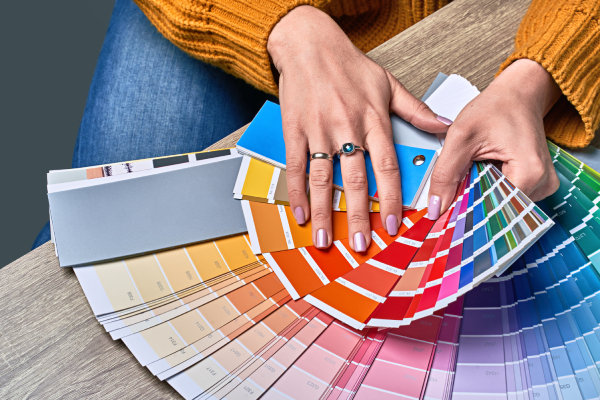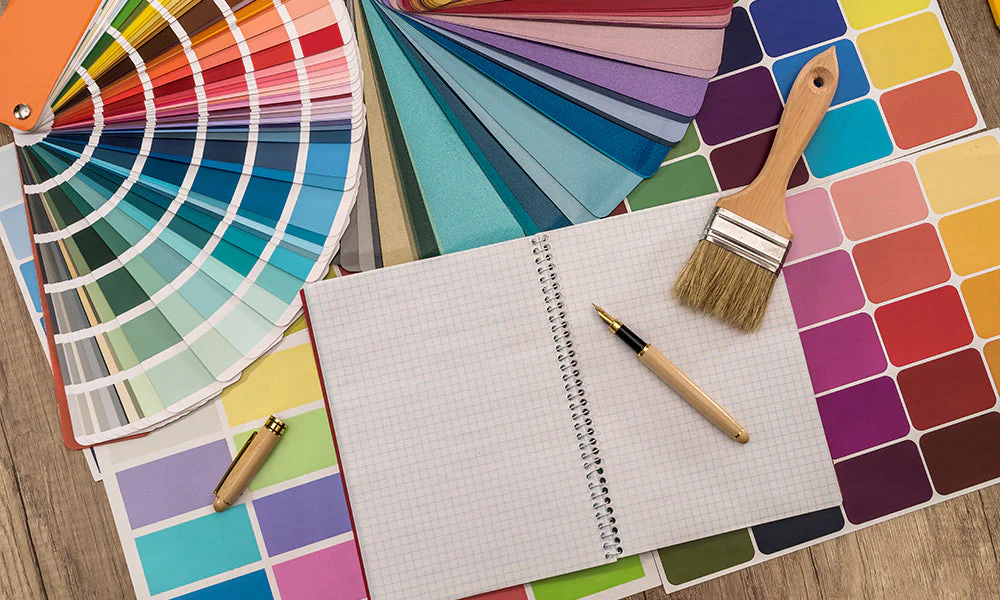Your surroundings have a profound effect on your emotional state. A dimly lit, cluttered space can make you feel drained and irritable, while a well-lit, thoughtfully arranged environment can uplift your spirits. The good news? Even small adjustments in your space can create noticeable changes in your mood and overall well-being.
Mood fluctuations are a natural part of life. Instead of resisting them, designing an adaptable environment can help you navigate these emotional waves with ease. Whether you need a boost of energy, a sense of calm, or a space that fosters creativity, intentional design choices can support these needs.
A well-designed space doesn’t just look good—it feels good. By incorporating elements that align with your emotional rhythms, you can create a home or workspace that promotes relaxation, motivation, and mental clarity. Let’s explore the science and art behind designing for mood shifts.
Understanding Mood Shifts and Their Triggers
From hormonal cycles to external stimuli, our mood shifts for a variety of reasons. Morning grogginess, afternoon slumps, and evening wind-downs are all natural patterns influenced by biology and environment.
Scientific studies reveal that environmental factors—light, color, scent, and sound—trigger neurological responses that affect mood. A bright, sunlit room can stimulate serotonin production, while a dim, warm-lit space can encourage melatonin release, preparing you for rest.
Keeping track of your emotions in relation to your surroundings can provide valuable insights. Are you more productive in a minimalist workspace? Does soft lighting make you feel cozier? Understanding these preferences helps tailor your space to your needs.
The Role of Color in Shaping Your Mood
Color psychology plays a crucial role in mood regulation. Blue tones promote calm and focus, while warm hues like orange and yellow evoke energy and optimism. Consider function when selecting colors: soft pastels for bedrooms, invigorating shades for home offices, and neutral tones for areas that require flexibility. If painting isn’t an option, introduce color through artwork, pillows, or rugs. These accents provide an effortless way to shift the mood of a space. Try swapping out cushion covers seasonally or using vibrant wall decals for an instant refresh.

Lighting Hacks for an Instant Mood Boost
Lighting impacts energy levels, focus, and sleep quality. Cool-toned light enhances productivity, while warm lighting fosters relaxation. Maximize natural light exposure during the day to boost alertness. In the evening, opt for dimmable lamps or candlelight to ease into a restful state. Use smart bulbs to adjust color temperatures throughout the day. Brighter lighting for work, softer hues for unwinding. Consider adding LED strip lights under furniture or behind the TV for a cozy ambiance.
Decluttering for Mental Clarity and Emotional Ease
Too much visual stimuli can be overwhelming, leading to stress and mental fatigue. A clutter-free environment promotes clarity and peace. Minimalism isn’t about deprivation—it’s about curating what brings you joy. Find a balance between aesthetics and functionality. Adopt habits like the “one-minute rule” (if it takes less than a minute to clean, do it immediately) to keep your space in order. Use stylish storage baskets or multifunctional furniture to keep items neatly organized without sacrificing design.
Creating a Mood-Enhancing Soundscape
Sound can either be grounding or distracting. The right sound environment enhances focus, relaxation, and overall well-being. Upbeat music can energize you, while rain sounds or soft instrumentals can help you unwind. Experiment to find what works best. Invest in a white noise machine, nature sound app, or create a playlist tailored to different moods. Adding wind chimes near a window or a small tabletop fountain can introduce calming background sounds.
The Influence of Scent on Mood Shifts
Certain scents stimulate memory and mood. Lavender reduces stress, citrus boosts alertness, and vanilla fosters warmth. Peppermint and eucalyptus invigorate, while chamomile and sandalwood provide a calming effect. Diffuse essential oils, use scented candles, or opt for natural room sprays to subtly shift the ambiance. Scented sachets in drawers or a simmer pot of citrus peels and spices can offer a natural fragrance boost.
Conclusion
Instead of resisting mood changes, embrace them. Designing a responsive environment allows you to flow naturally with emotional shifts. Simple design choices, from lighting to layout, have a lasting impact on well-being. These adjustments don’t require major renovations but can make a significant difference. The beauty of design is its adaptability. Try different elements, mix and match techniques, and craft a space that evolves with you.
With thoughtful design choices, your environment can become a powerful tool for emotional well-being. Whether through color, scent, sound, or lighting, small changes add up to a big transformation in how you experience your daily life. Additionally, integrating mindful habits and flexible design elements will ensure that your space continues to support your emotional needs, no matter what life throws your way.




